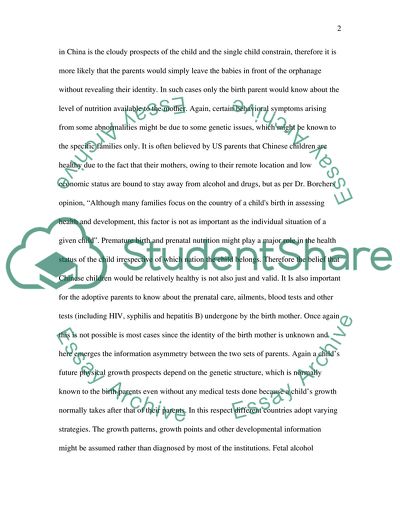Cite this document
(The Inter Country Adoption Of Children Research Paper, n.d.)
The Inter Country Adoption Of Children Research Paper. Retrieved from https://studentshare.org/social-science/1743805-case-study
The Inter Country Adoption Of Children Research Paper. Retrieved from https://studentshare.org/social-science/1743805-case-study
(The Inter Country Adoption Of Children Research Paper)
The Inter Country Adoption Of Children Research Paper. https://studentshare.org/social-science/1743805-case-study.
The Inter Country Adoption Of Children Research Paper. https://studentshare.org/social-science/1743805-case-study.
“The Inter Country Adoption Of Children Research Paper”, n.d. https://studentshare.org/social-science/1743805-case-study.


